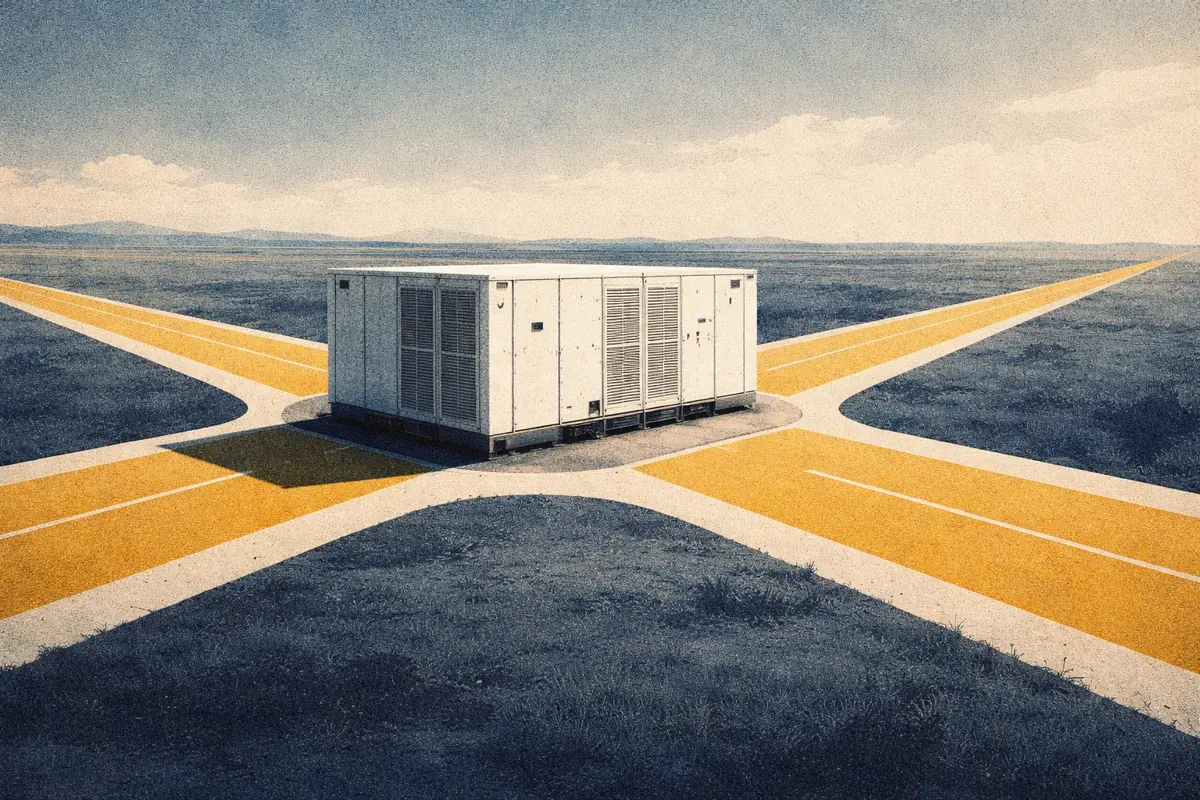GB BESS Outlook Q4 2024: Executive summary
Battery energy storage revenues have dropped by two-thirds since 2022 while operating capacity has tripled. The GB BESS Outlook covers three key areas—markets, revenues, and investment—to see how this might change in the future. In this executive summary, we highlight the main themes to get you up to speed.
This article was updated in Q4 2024 with the latest market data and results from version 3.2 of the forecast. The Markets and Revenue outlook articles have also been updated. An updated Investment outlook, with refreshed Capex estimates, will be published later in the quarter.
Overall, revenues have decreased as frequency response markets have become saturated and prices have fallen. In the future, we project fundamentals such as an improving price shape and a growing proportion of intermittent generation to increase the value of trading markets.

In this three-part GB BESS Outlook series, we look at:
- Markets: the evolution of the main markets that batteries trade in.
- Revenue and dispatch: how optimizers consider prices, risks, and physical constraints when dispatching batteries into these markets to maximize revenues.
- Business case and investment: how these revenues are considered alongside project costs to determine the investment case for battery energy storage.
For more detail, the links throughout will take you straight to the relevant sections of each article.
Battery revenues have shifted from ancillary services to trading markets, which will deliver 93% of lifetime revenues
Battery energy storage systems maximize revenues by performing actions across multiple markets, ‘stacking’ revenues from each.
Already a subscriber?
Log in







